Hand Hygiene: Key to Infection Control Success
Discover the evidence that hand hygiene significantly reduces pathogen transmission and enhances infection control in healthcare settings, leading to lower rates of healthcare-associated infections.
CLINICAL STORIESEDUCATIONAL / HISTORICAL
10/21/20255 min read
The Basics: Skin, Microbes, and the Hidden World of Protection
The human skin — our body’s largest organ — stretches across a remarkable surface area, serving as the front line between us and the outside world. It acts as both shield and sensor, protecting our internal systems from heat, light, chemicals, and the countless microorganisms we encounter daily.
Yet the skin isn’t just a barrier. It’s home to an entire ecosystem of microorganisms, known as the skin microbiome — a living community that varies from person to person but remains fairly stable within each individual. This microbiome is vital for maintaining healthy skin and preventing harmful bacteria from taking hold.
Maintaining this balance is essential not only for personal well-being but also for infection prevention in clinical settings, where even minor hygiene lapses can introduce risk.
The Two Types of Skin Flora
Microorganisms found on the skin — often referred to as our natural flora — generally fall into two main categories:
Transient Flora:
These are temporary guests on the skin’s surface. They arrive through contact with contaminated surfaces, people, or materials and can be easily removed by washing with soap and water. Transient flora are often linked to healthcare-associated infections, making effective hand hygiene the single most important defense.
Resident Flora:
These microbes live in the deeper layers of the skin and hair follicles. They’re generally stable and protective, helping prevent colonization by harmful bacteria. Resident flora are rarely linked to infections — in fact, they’re part of what keeps our skin healthy.
When Microbes Turn Against Us
Even beneficial or neutral microbes can become problematic when conditions change. When pathogenic, these microorganisms can invade tissues, leading to infections that cause serious illness or even death.
For healthy individuals with strong immune systems, most pathogens pose little risk. But in hospitals and clinics, patients with weakened immunity — such as those in intensive care or oncology wards — are extremely vulnerable. Germs harmless to one person can be life-threatening to another.
Lessons from Modern Outbreaks
Recent global health crises have highlighted the cracks in our infection-prevention systems. The spread of COVID-19, influenza, Ebola, and drug-resistant bacteria exposed a harsh reality: our curative healthcare systems are often reactive, not preventive.
Each outbreak reinforces the same truth — prevention must come before cure. Strengthening preventive healthcare, especially in infection control, not only protects lives but also reduces the immense pressure placed on hospitals and healthcare workers.
The Bottom Line
Our skin’s natural microbiome is a quiet guardian, but it can only do so much. Modern pathogens and resistant strains demand proactive strategies — hygiene, surveillance, and technology-driven infection prevention.
By investing in preventive measures like proper hand hygiene, sterilization, and digital monitoring systems, we can dramatically reduce the spread of disease, safeguard vulnerable patients, and ensure that healthcare stays one step ahead of infection.
Because when prevention becomes a habit, protection becomes effortless.

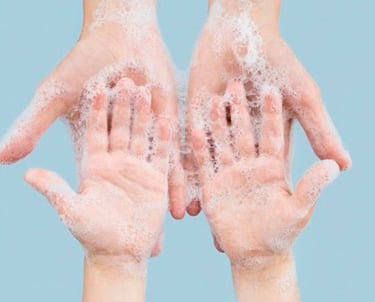

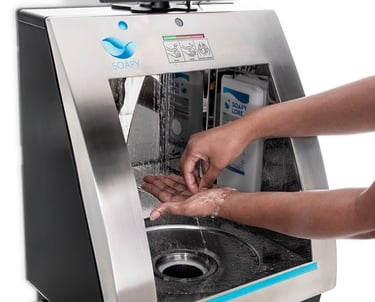



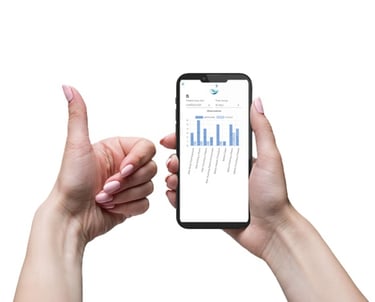
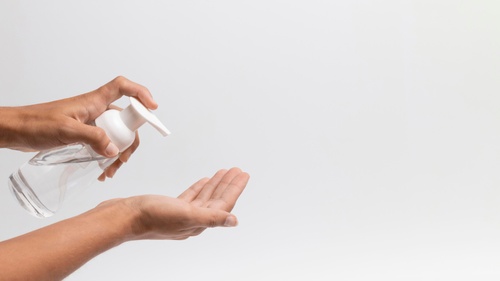



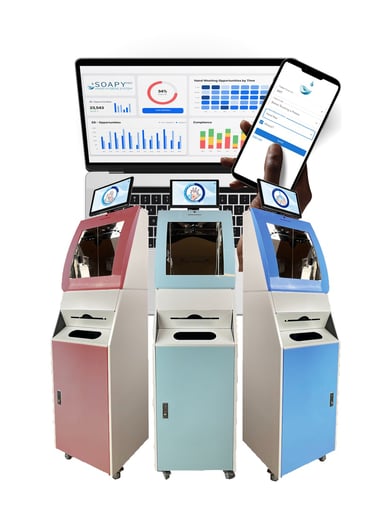



Evidence of Hand Hygiene in Reducing Transmission and Infections
How Does Hand Hygiene Minimize Infection Risks?
The principle is simple: if we block the pathways that allow microbes to enter the body, we block disease. Hands are the most common vehicle for transmission — they touch everything, and everything touches them. When hand hygiene lapses, infections thrive.
A lack of proper hand hygiene is one of the leading causes of the spread of respiratory, diarrheal, and skin diseases worldwide. Germs responsible for illnesses such as COVID-19, influenza, Salmonella, Shigella, Giardia, E. coli O157, and Norovirus can easily find their way onto our hands — through daily activities as ordinary as using the bathroom, changing a diaper, or handling raw meat contaminated with traces of animal waste.
The Chain of Transmission — and How to Break It
In healthcare, infection prevention and control (IPC) is not optional — it’s essential. Both patients and healthcare workers depend on it. Pathogens can settle on hands by touching contaminated surfaces, medical instruments, or even door handles. A single handshake or accidental touch can spread those microbes to another person.
The good news? This entire chain can be interrupted through consistent hand hygiene compliance.
When healthcare workers — and the general public — practice proper handwashing, the transmission of infectious diseases drops dramatically. This is how outbreaks are slowed, epidemics controlled, and pandemics prevented.
Soap: The Unsung Hero of Infection Prevention
While most people know that washing hands is important, many still underestimate the difference that soap makes. According to the CDC, washing with plain water is not enough — soap removes germs far more effectively, thanks to its ability to break down oils and dirt that harbor pathogens.
Yet access and compliance remain major barriers. In many parts of the world, inadequate handwashing facilities contribute to preventable disease and child mortality.
Evidence shows that:
Proper handwashing with soap reduces diarrheal illness by up to 58% in people with weakened immune systems.
It cuts respiratory infections, including the common flu, by 16–21% in the general population.
Among schoolchildren, gastrointestinal infections drop by 29–57% with regular handwashing practices.
These aren’t just statistics — they’re proof that something as simple as soap can save lives.
Global Standards and the Fight Against Resistance
The World Health Organization (WHO) continues to emphasize this message through its global initiative:
“Clean care is safer care.”
Hand hygiene isn’t only about preventing routine infections — it’s also a powerful defense against antibiotic-resistant organisms, one of the most urgent public health threats of our time.
Data and global surveys consistently show that when hospitals and communities prioritize hand hygiene as a primary preventive measure, infection rates drop, antibiotic use declines, and the emergence of resistant strains slows down.
The Takeaway
Clean hands aren’t just a personal habit — they’re a public health strategy. Handwashing with soap is one of the simplest, most cost-effective tools for preventing disease transmission, protecting vulnerable populations, and strengthening global health security.
From hospital wards to home kitchens, every handwash is a barrier against infection — a small act with enormous collective impact.
Soapy In The News
ABOUT SOAPY
© 2025. All rights reserved Soapy Care LTD | Designed by VeloGTM LLC
